Small Class Drone Pilot Training
Small Class Drone Pilot Training Trade Information
- Minimum Order Quantity
- 1 Piece
- Supply Ability
- 100 Pieces Per Month
- Delivery Time
- 7 Days
About Small Class Drone Pilot Training
Course Duration: 5 daysStructure:
Day 1-2: Theory Sessions & Ground Training
Day 3: Flight Simulator Practice/Simulation Session
Day 4-5: Hands-On Flying Sessions
What Youll Learn:
-
Theory modules: Comprehensive DGCA regulations and Civil Aviation Requirements, smallUAV airspace rules, radio telephony basics. Fundamental flight principles for multirotor and fixedwing aircraft, multirotor aerodynamics, weather/meteorology, and payload installation (cameras, sensors). Image/video interpretation and use of ground control stations are covered, plus auxiliary topics like nightflying operations and mission planning.
-
Practical modules: Simulated multirotor flights (preflight planning, takeoff/landing practice, flight controls). Handson lab sessions assembling and integrating multirotor subsystems (propulsion, electronics, gimbals) with maintenance tasks. Supervised training flights under an instructor: performing take-offs/landings, controlled turns, and emergency response drills (e.g. handling control failures). Field flying sessions to apply skills in real conditions and to practice complex maneuvers with cameras and payloads.
Career Opportunities:
-
Drone Operator Agriculture: Certified pilot for crop surveillance or pesticide spraying with small multirotors.
-
Inspection and Survey Specialist: Commercial UAV operator for building, infrastructure, or pipeline inspections.
-
Aerial Media/Mapping: Photographer, videographer or GIS data collector using UAVs in film, real estate, or remote sensing.
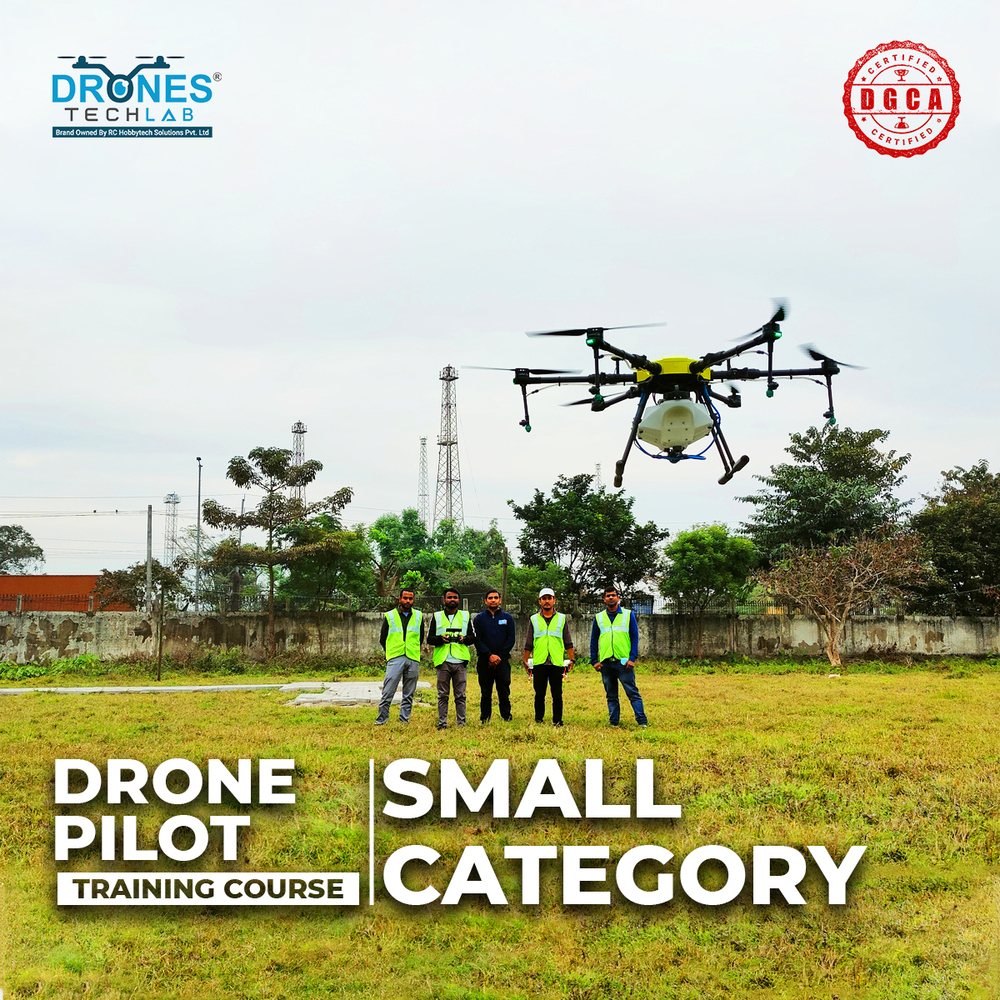
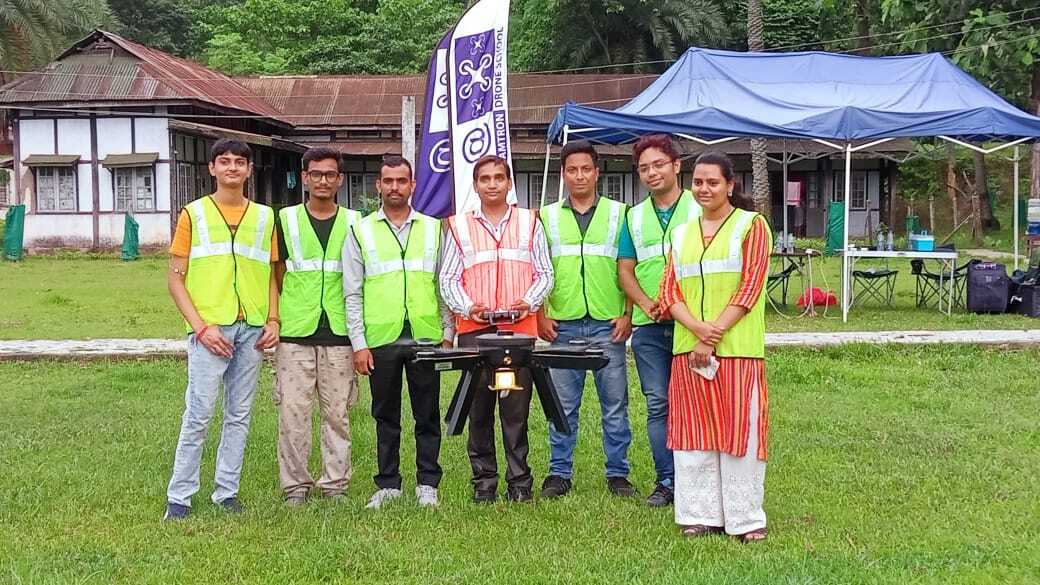
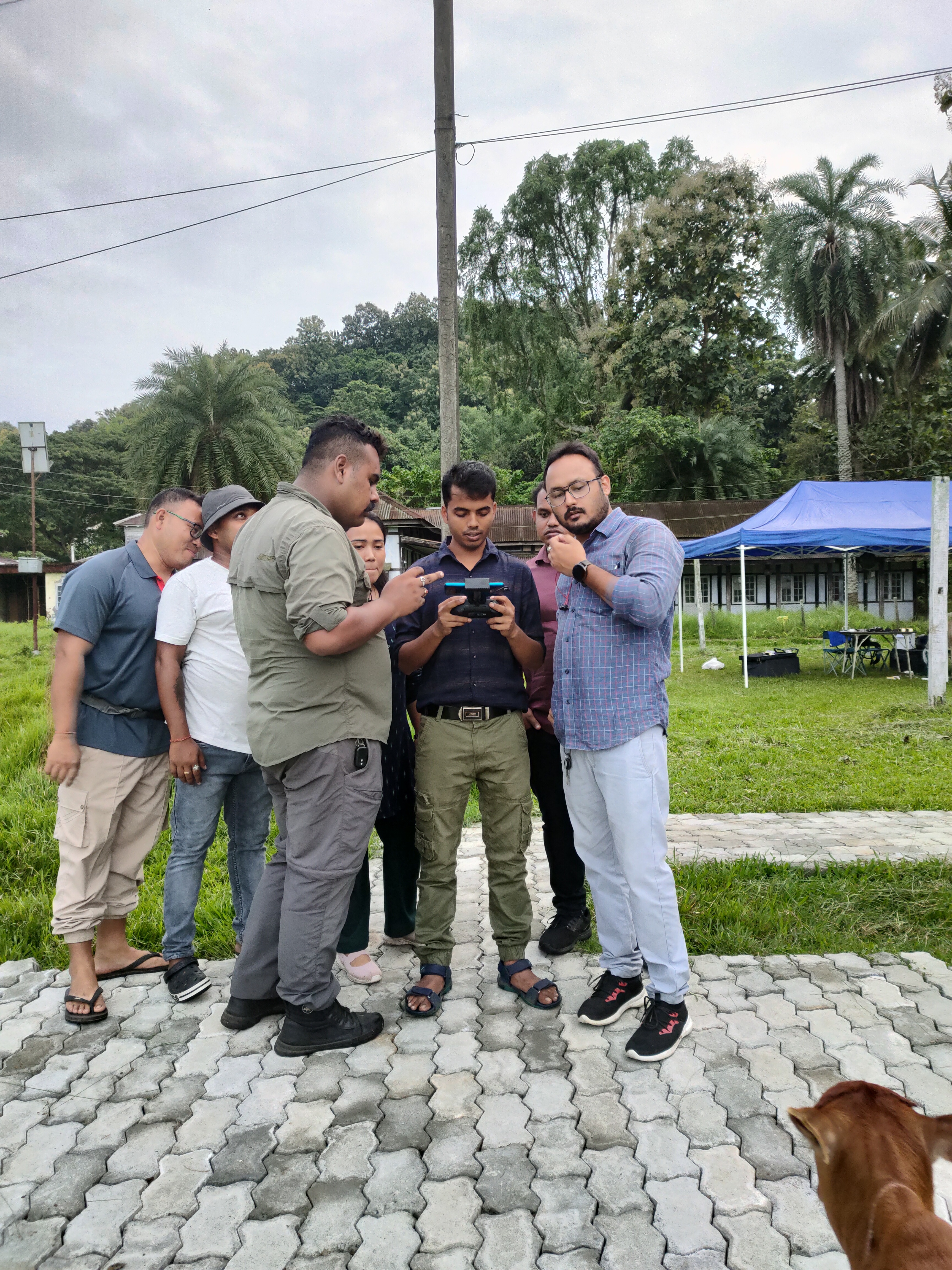
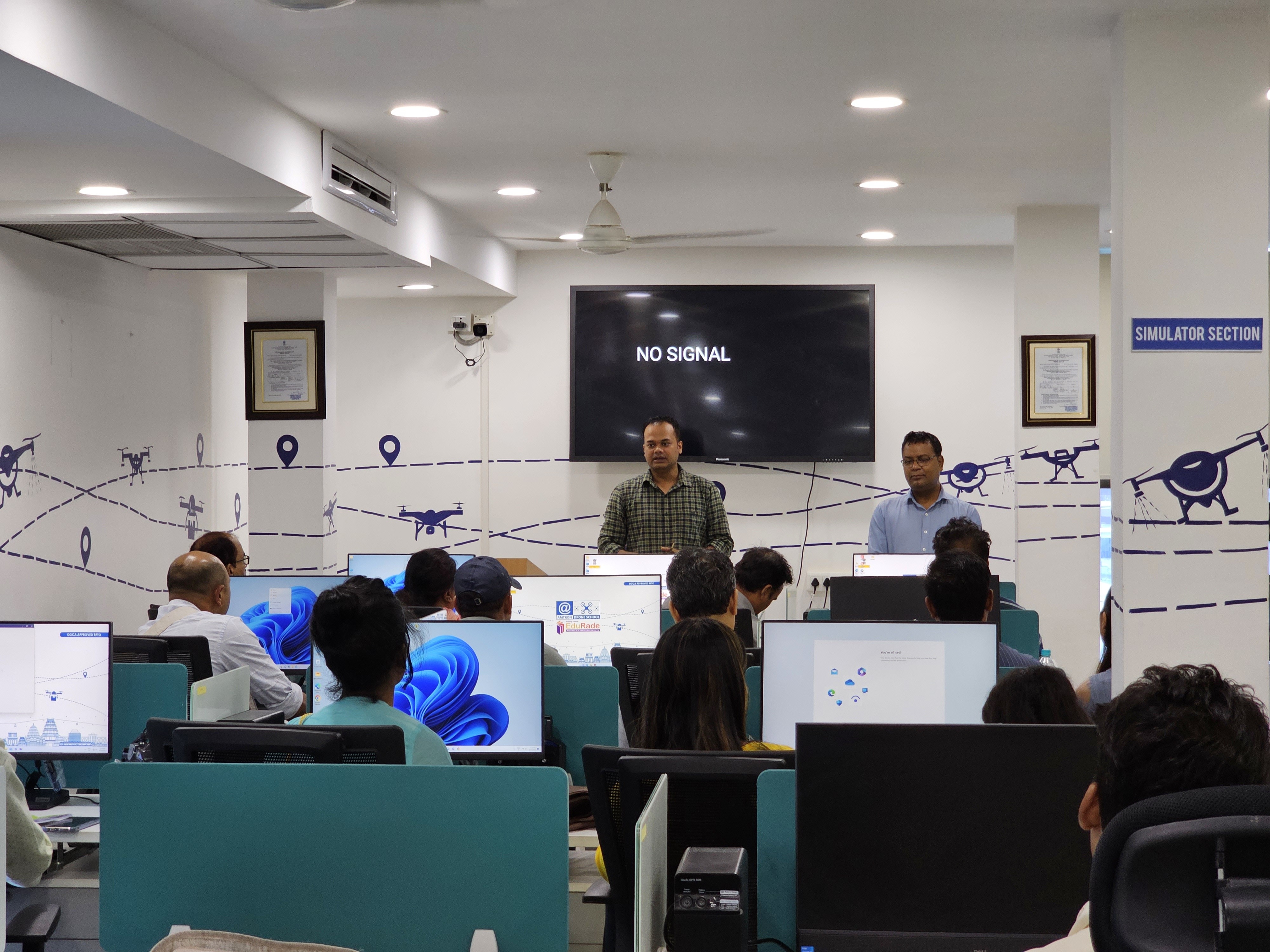
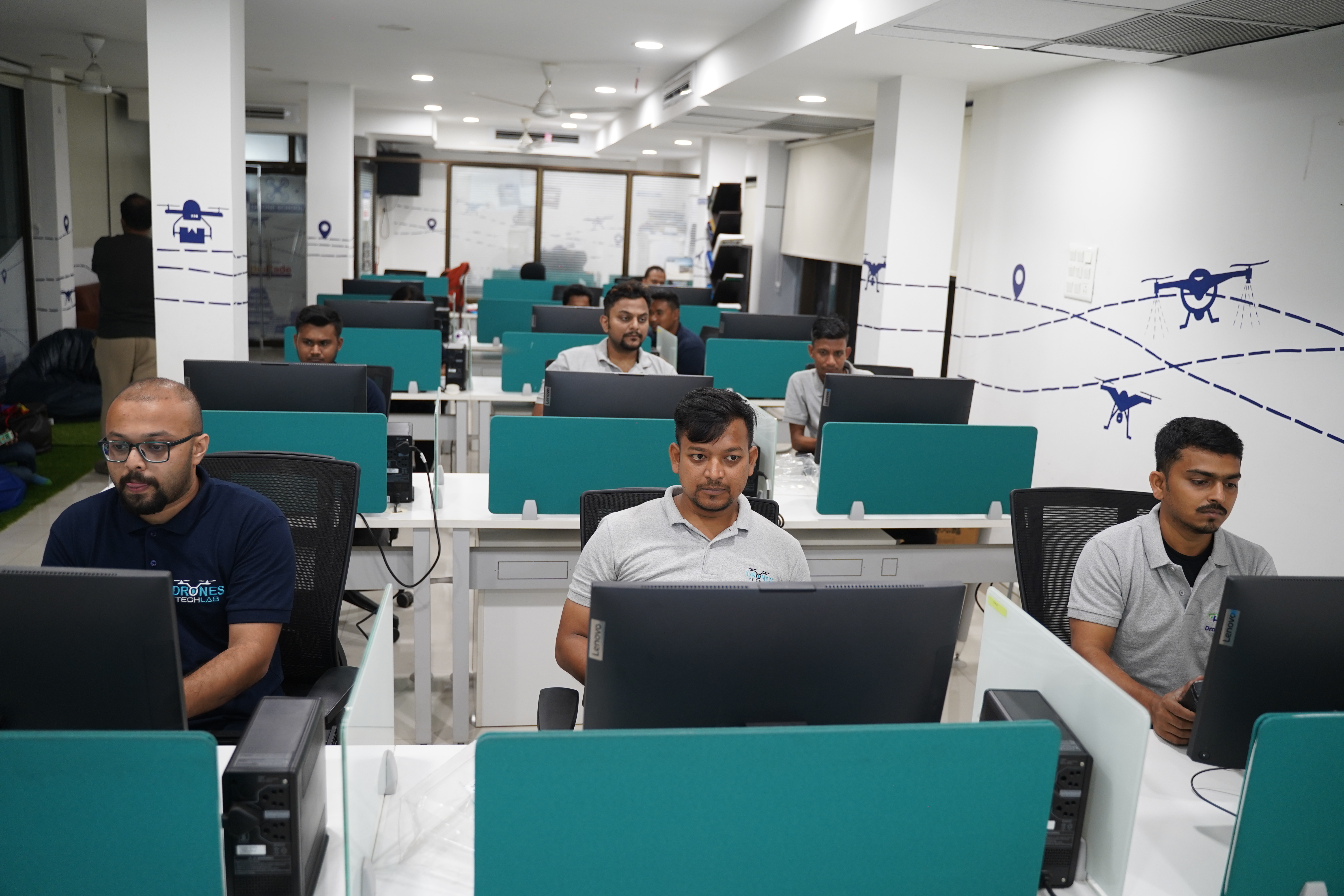


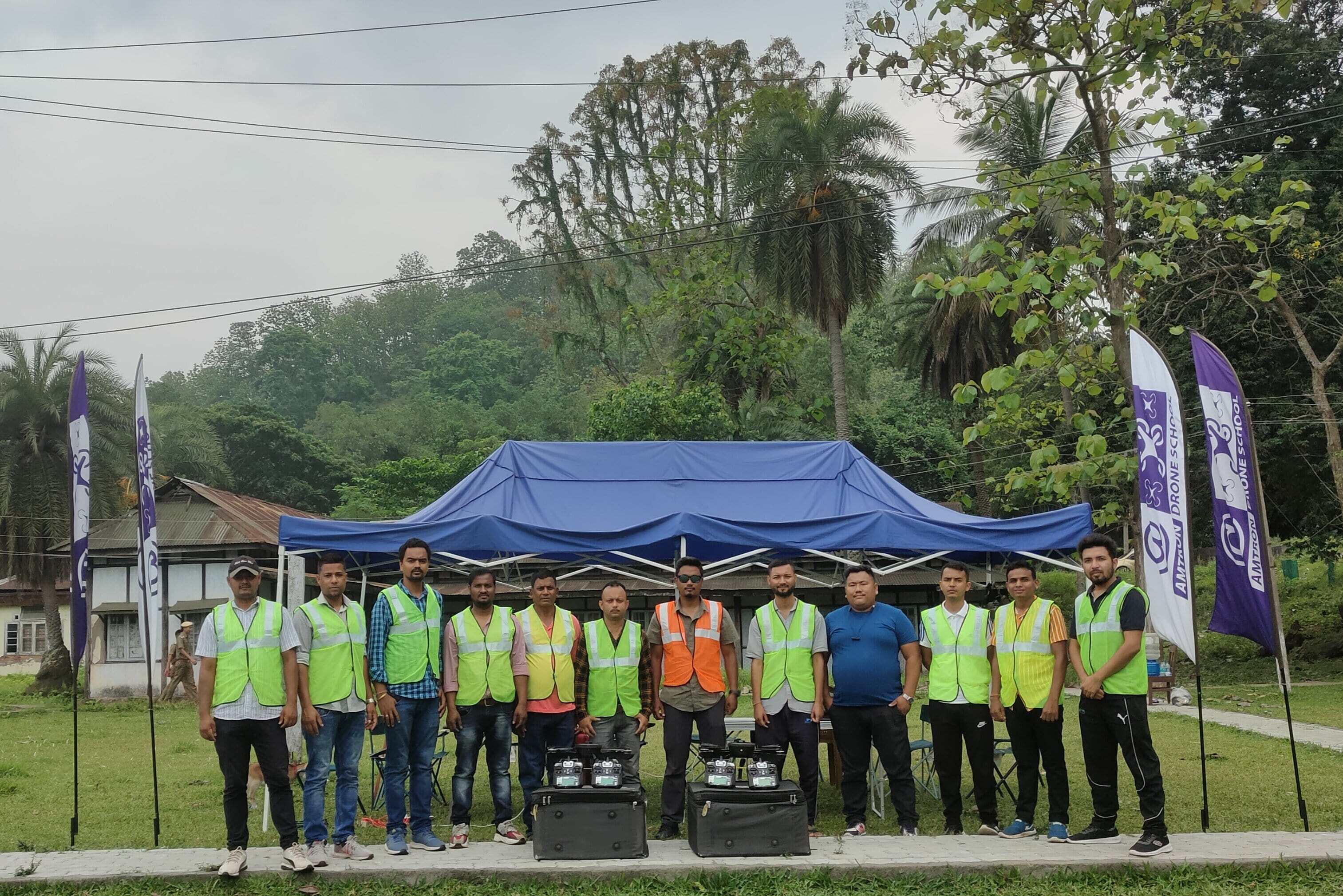

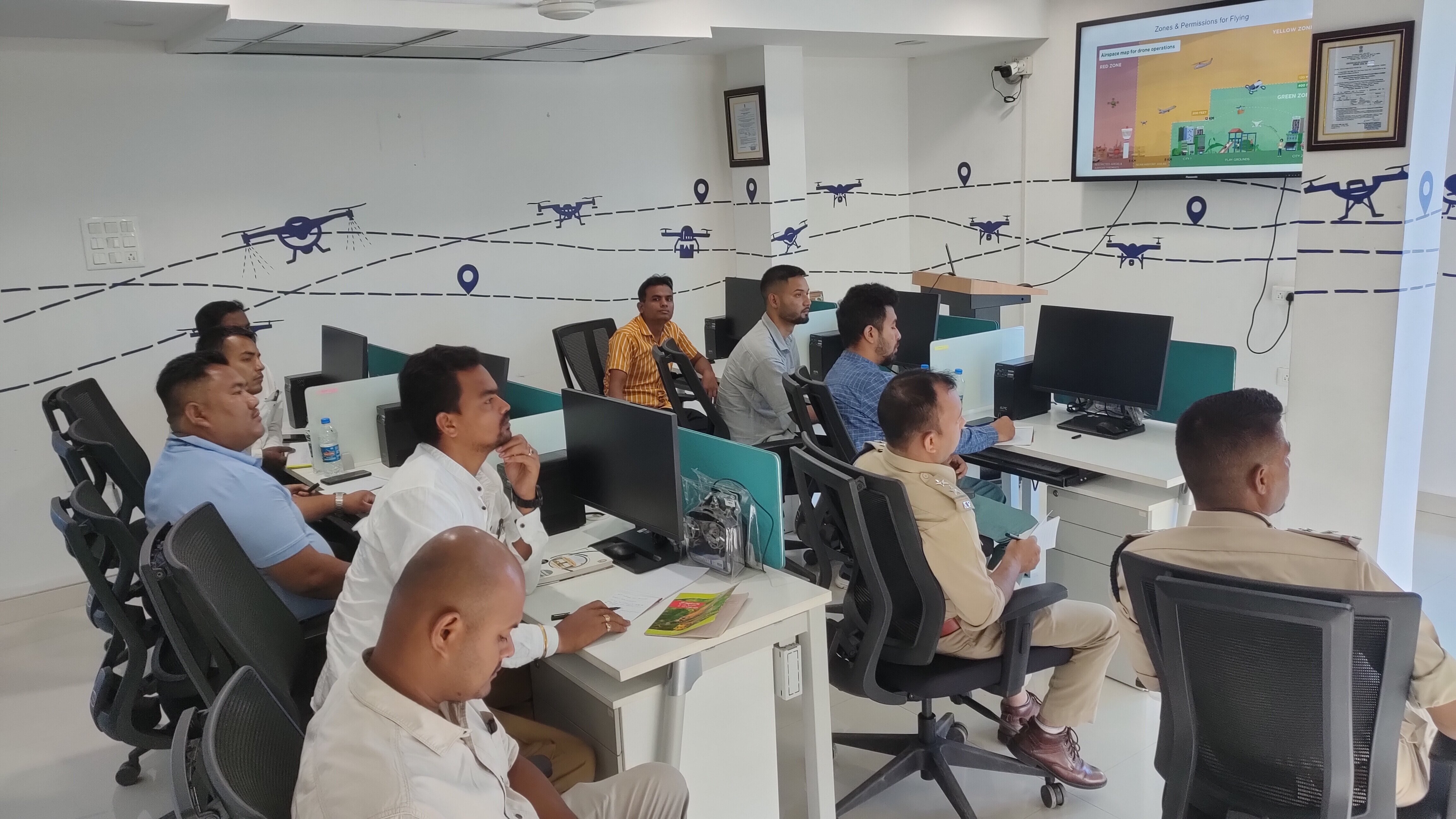
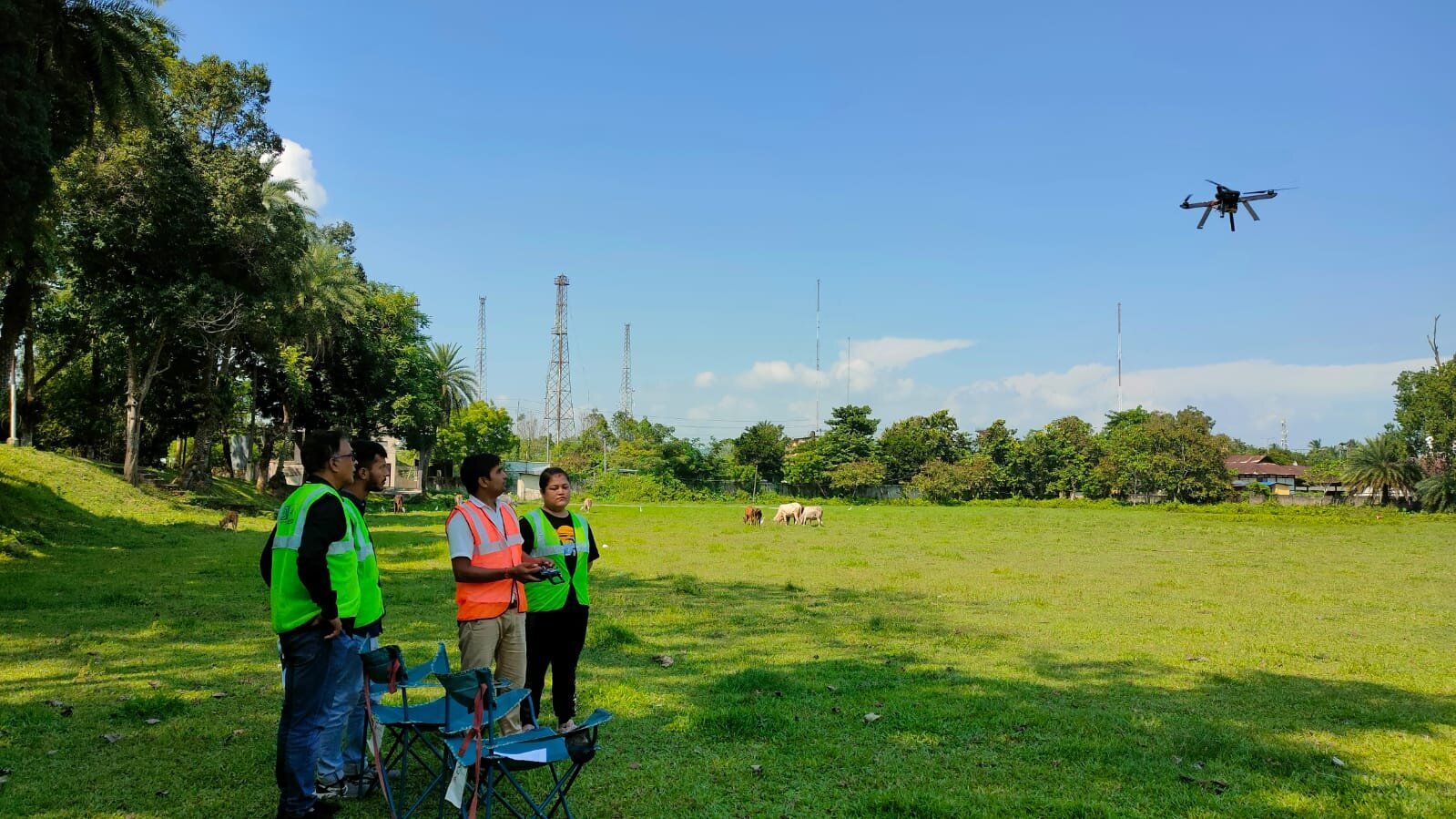

Price:
- 50
- 100
- 200
- 250
- 500
- 1000+

 Send Inquiry
Send Inquiry
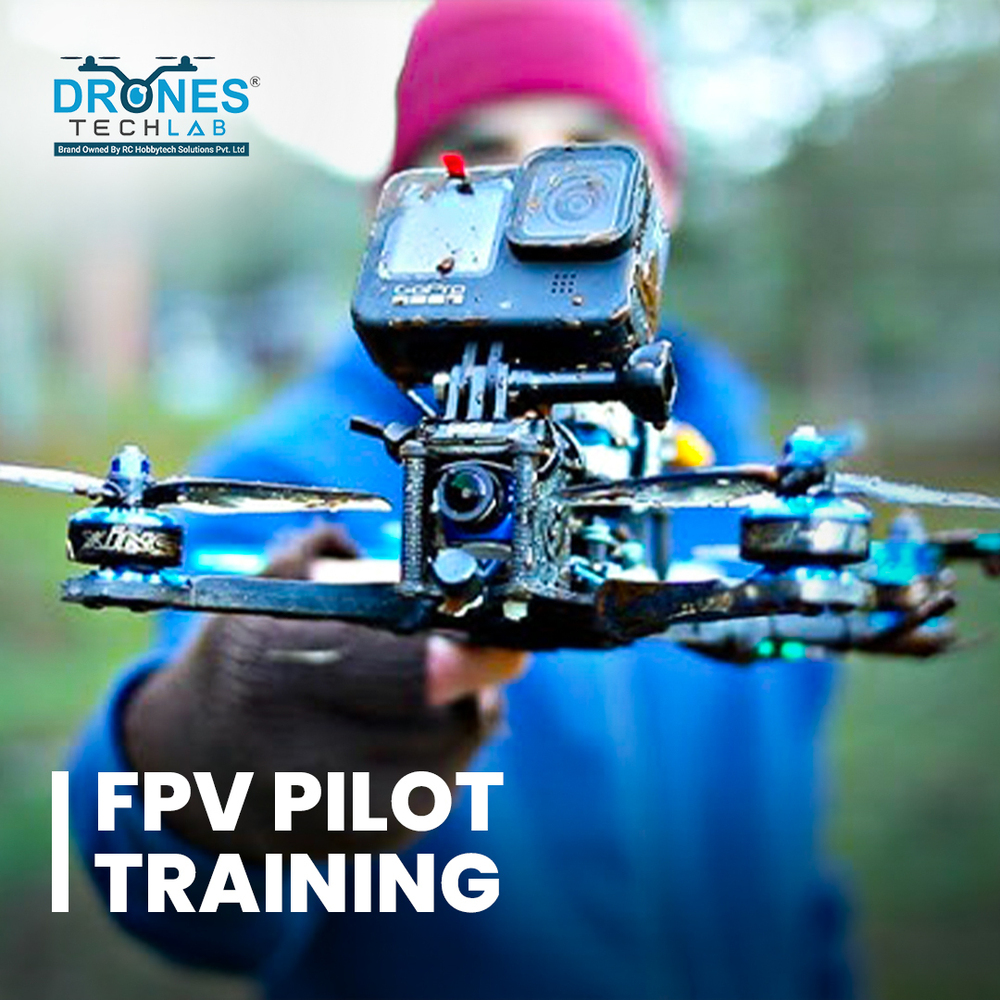

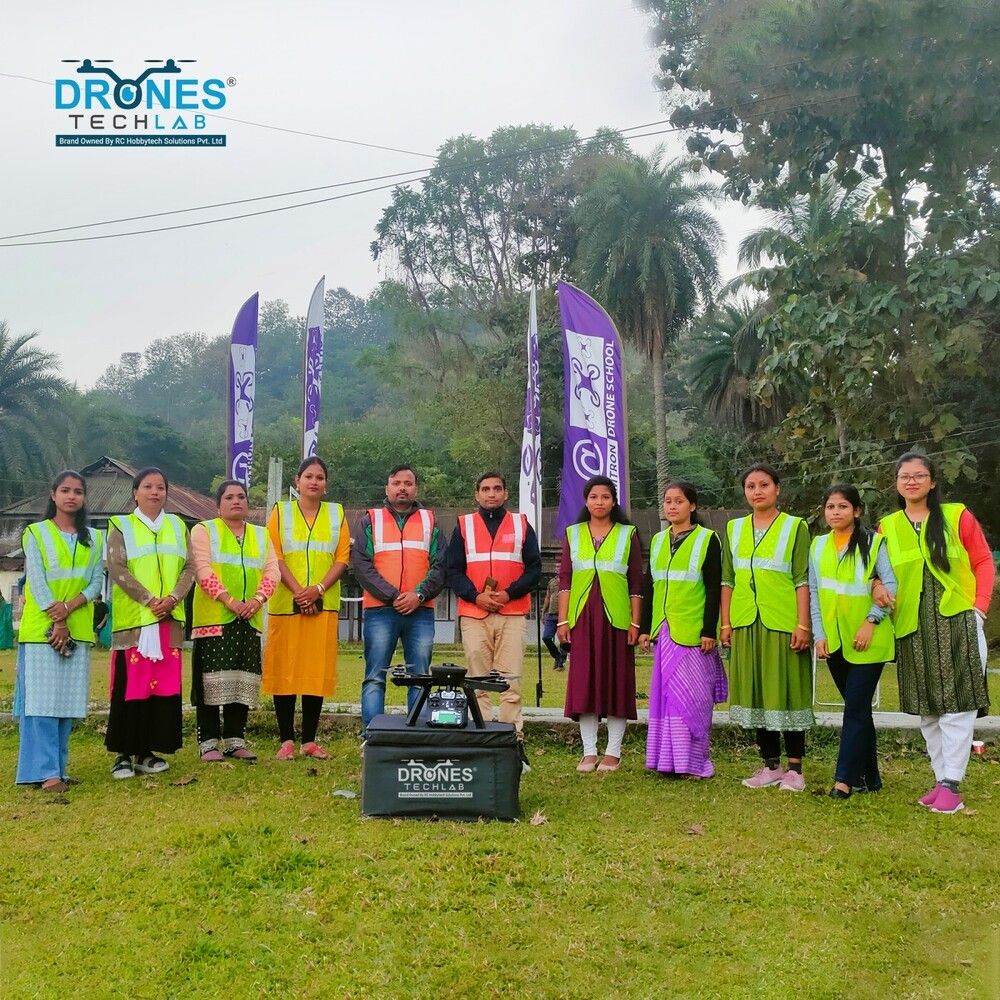
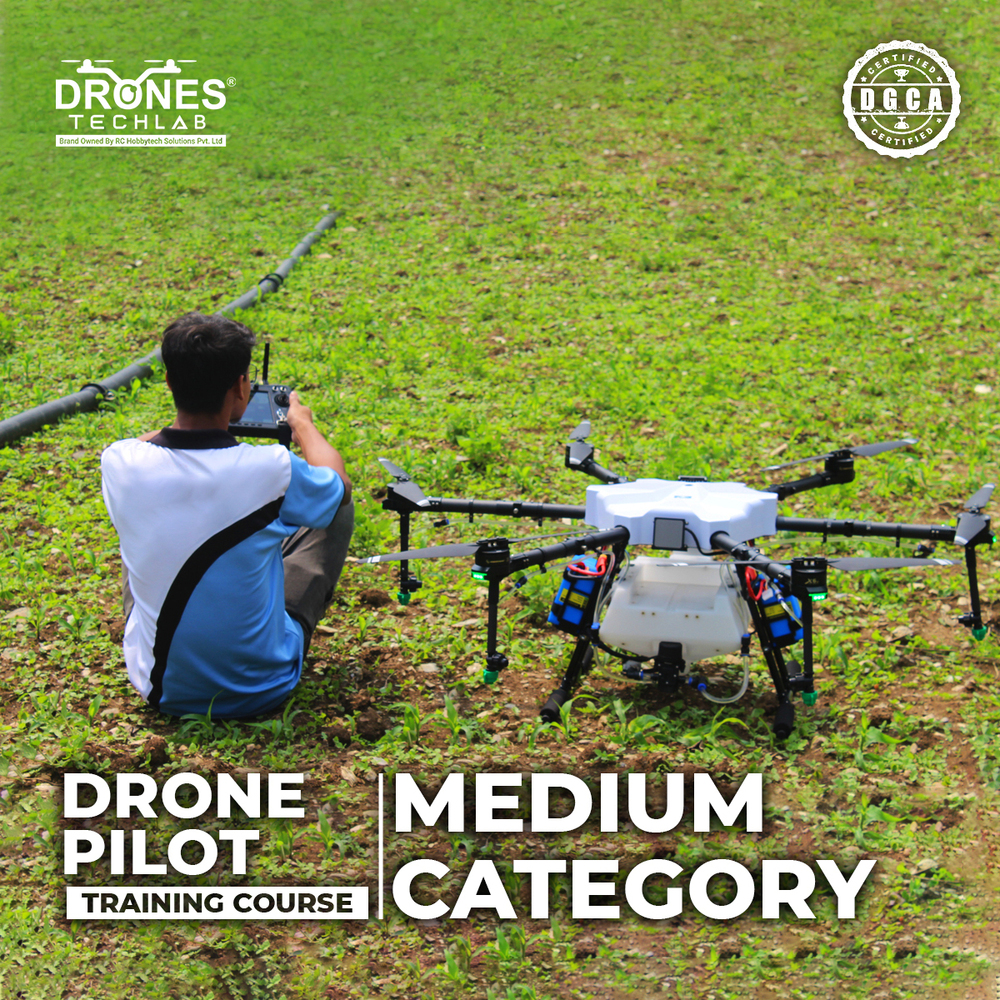
 Call Me Free
Call Me Free
 English
English Spanish
Spanish French
French German
German Italian
Italian Chinese (Simplified)
Chinese (Simplified) Japanese
Japanese Korean
Korean Arabic
Arabic Portuguese
Portuguese